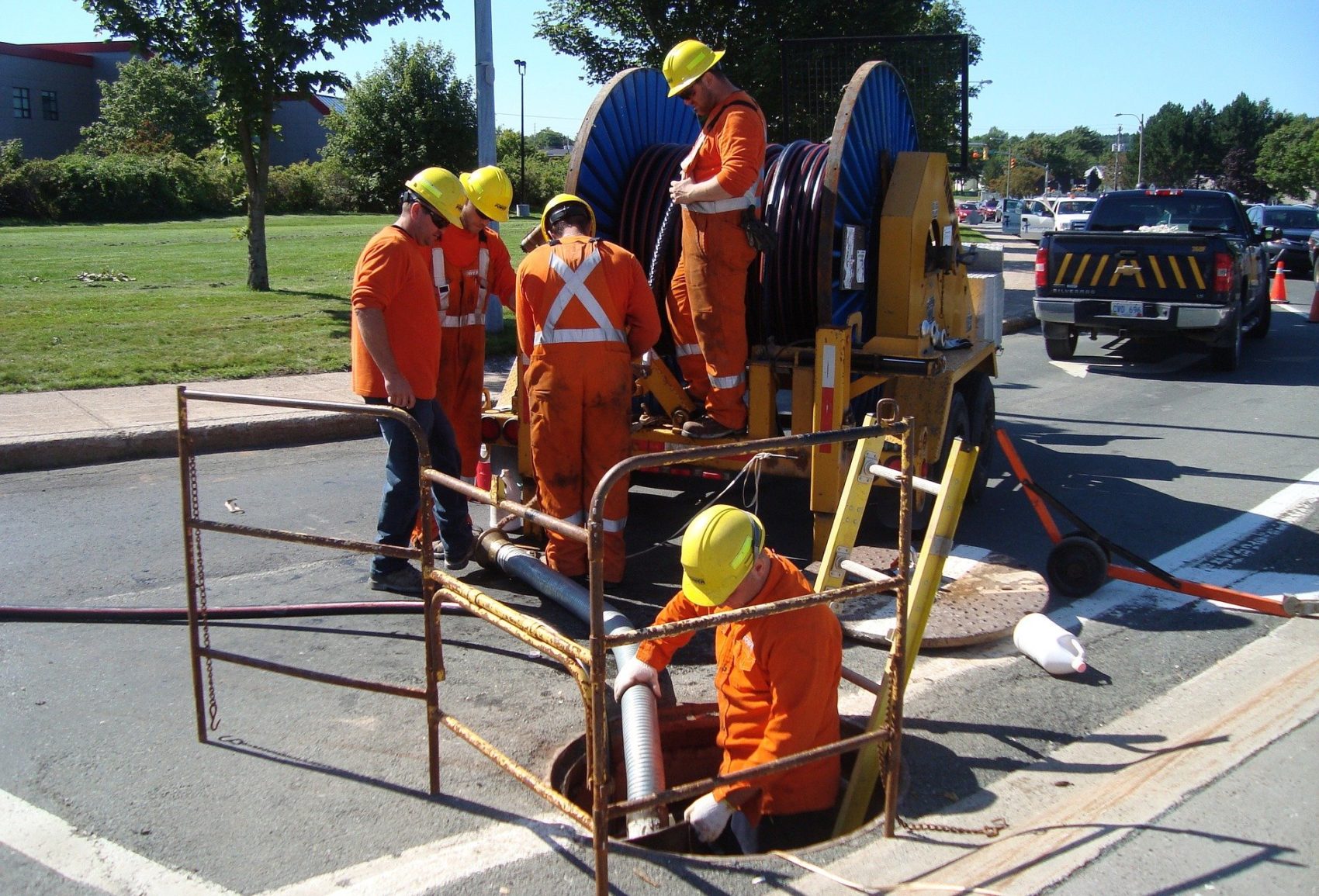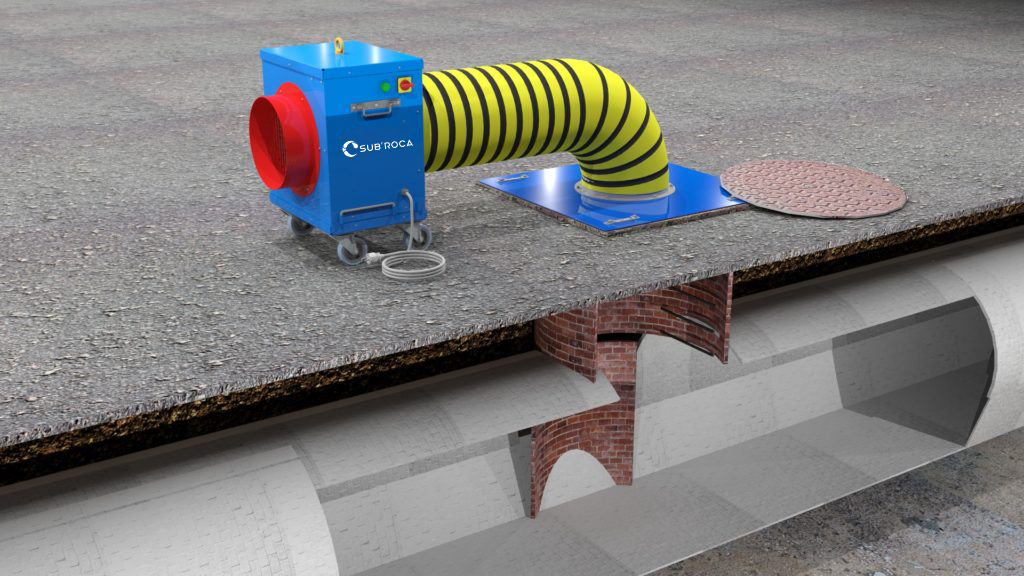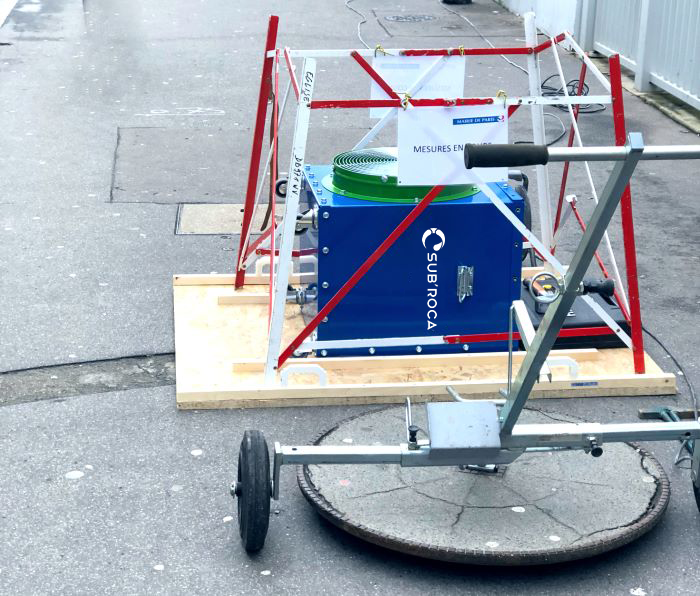Sewerage and drinking water networks
Our engineering department has a wide range of skills to support you and carry out ventilation studies for all excavation or maintenance work carried out in the sewerage or drinking water networks.
Identification of the current situation
During the realisation of ventilation studies for sewerage and drinking water networks, our design office initially carries out audits, expert appraisals and technical visits allowing our engineers :
- Identification of the standards in force
- Determination of the needs adapted to the constraints
- On-site technical visit if necessary
Determination of the ventilation concept
The whole objective is now to determine a ventilation concept capable of meeting the specifics of the project. Therefore, the most economical and ecological ventilation concept must be defined by selecting high-efficiency fans, suitable duct diameters and materials. For example, an increase of a few millimeters in duct diameter will result in an electrical saving of several kilowatts.
For this purpose, it is necessary to carry out a ventilation study consisting of calculation notes and ventilation drawings/diagrams according to the following points :
Realization of measurement campaigns
Beyond the regulatory obligations and the recommendations of the prevention organizations, it is necessary to carry out periodic measurement campaigns made necessary by the evolution of the network and to detect anomalies if necessary.
- Airflow measurements
- Performance measurements of ventilation systems
- Absolute pressure, temperature and relative humidity measurements
- Climatic measurements (WBGT, …)
- Measurements of harmful gas contents in the ambient air
- Measurement of harmful gas contents in exhaust fumes from vehicles
- Measurements of fine particulate matter PM10 and PM 2.5
- Sampling and screening for broad spectrum identification of the pollutants present (bacteriological, chemical, …)
- Measurements of inhalable and respirable dust exposures of personnel
At the end of this campaign, the operator will have a measurement report considered as the current image of its site.




